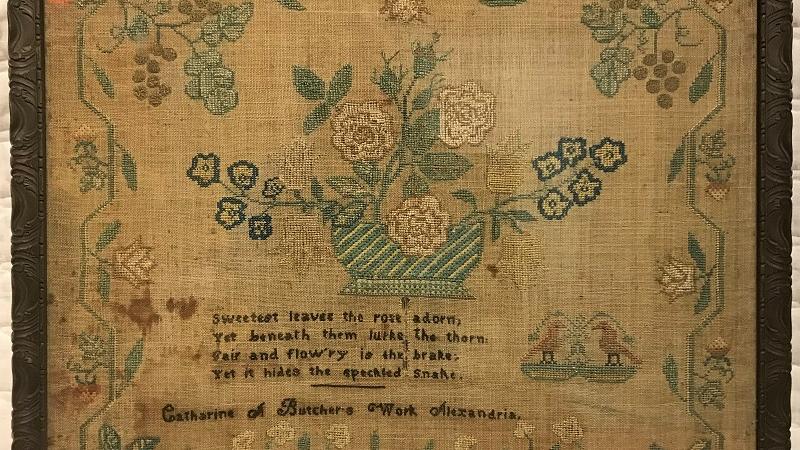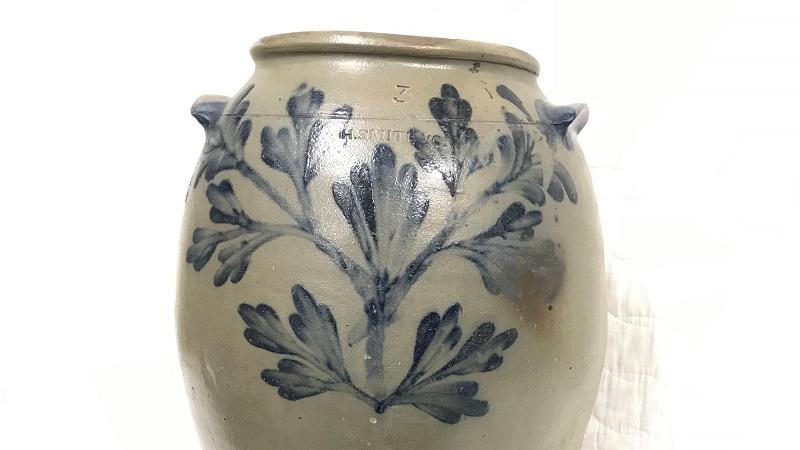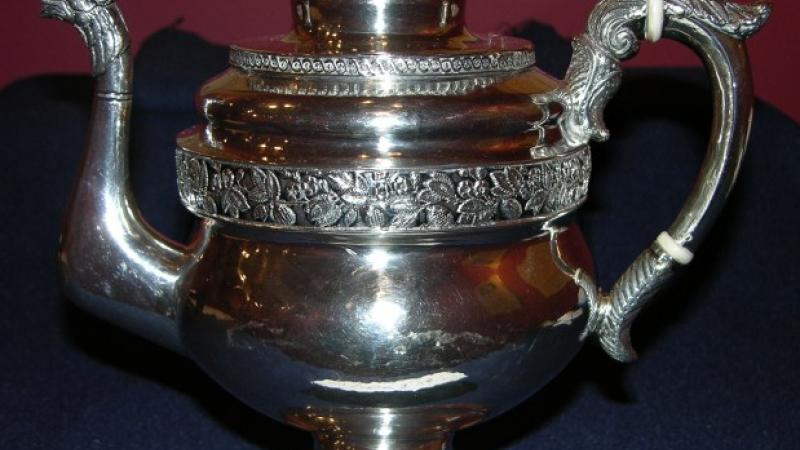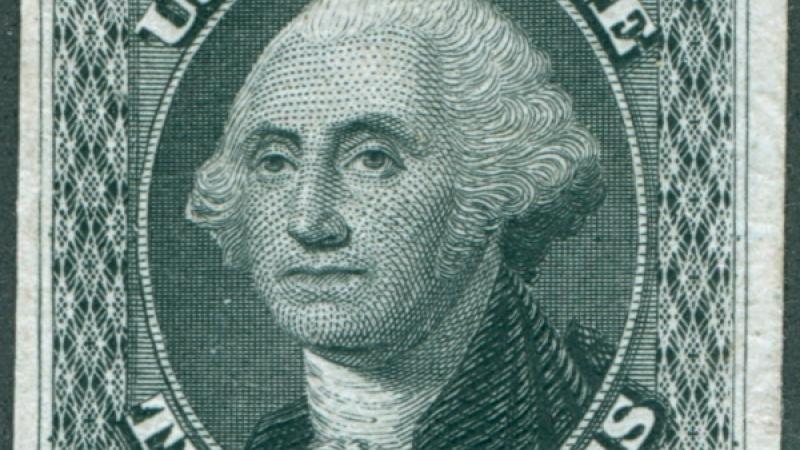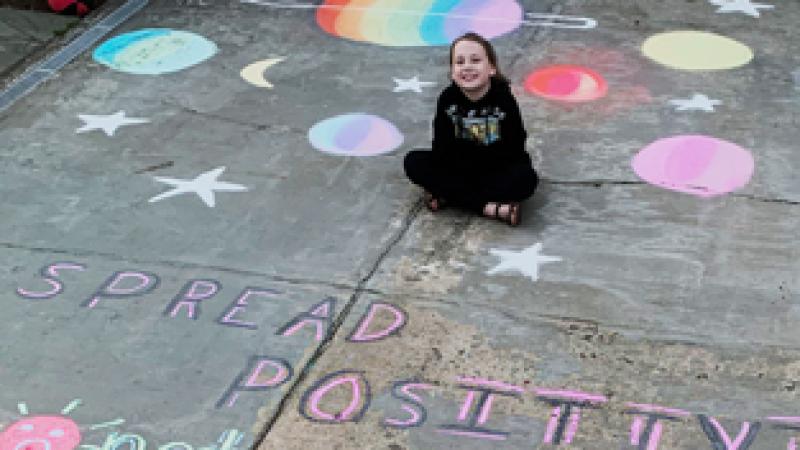Collections at the Alexandria History Museum
About the Collection
Although Alexandria is fortunate to have several specialized museums, Alexandria History Museum at The Lyceum is the only one that collects and interprets artifacts and history from all periods of the City's past, from the periods before its founding in 1749 through the present day. The collection includes architectural fragments removed from the building during renovation, furniture, textiles, ceramics, silver, glass, records from Alexandria businesses, tools, art, newspapers, toys and almost anything else that would help to tell the community's story.
The museum collects artifacts representing all time periods of Alexandria and the surrounding region's past, as well as objects relevant for interpreting The Lyceum as a historic site. If you know of any artifacts that would be of interest to the museum, please contact the museum's Curator for more information at 703.746.4994.
Some particular strengths of the collection include:
- Alexandria Silver
- Alexandria Stoneware
- Alexandria Furniture
- George Washington Commemoration
Collections Policies
Like all professional museums, the Alexandria History Museum at The Lyceum abides by a Collections Policy in acquiring and caring for collections. The Historic Alexandria Museums worked together to create a set of collections policies that define the scope of each museum’s collections and set policies for caring for them in accordance with the special needs of each collection.
The goal of the Museum is to actively preserve and interpret this historic landmark and its collections in order to foster an appreciation by Alexandria residents and the general public of its historic value. The Museum staff is additionally responsible for preserving and interpreting the Friendship Firehouse Museum and Friendship Firehouse collection.
Collection Goals: The purpose of the museum's collection is to provide for the preservation, exhibition, and interpretation of material culture pertaining to Alexandria's comprehensive history and the city's role in American history. As both a community history museum and a historic site, the Alexandria History Museum at The Lyceum collects artifacts representing all time periods of Alexandria and the surrounding region’s past, as well as objects relevant for interpreting The Lyceum as a historic site.
The Friendship Firehouse Museum and Friendship Firehouse collection consist of the building and objects of the Friendship Fire Company, and the organization’s twentieth-century incarnation, the Friendship Veterans Fire Engine Association; it is not a collecting museum.
The staff collaborates with other local museums and historical organizations to ensure that artifacts are placed in the most appropriate repository for long-term preservation and educational purposes. The museum will collect only those objects for which professional care, storage and security can be provided.
Acquisition: The museum's permanent collection is established through gifts, bequests, purchases, transfers from other institutions, and collecting by staff members. Prior to acquisition each object will be evaluated by the Director and Curator.
